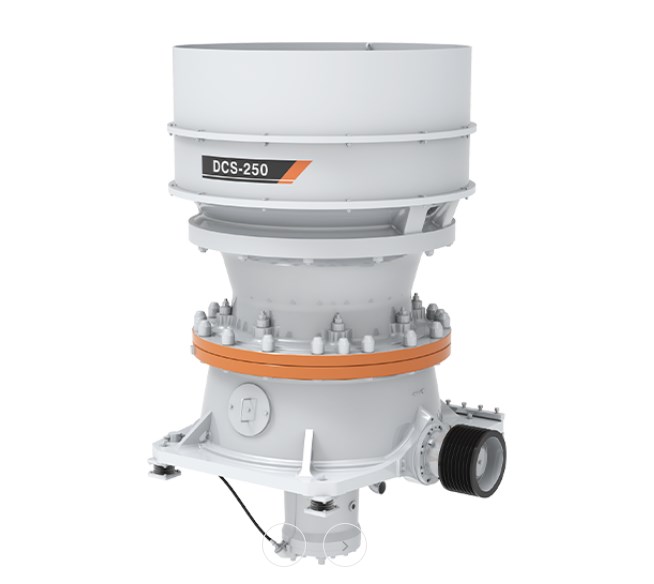How Waste Routing Software Optimizes Solid Waste Collection Routes

Waste collection it sounds simple, right? You pick up garbage, dump it, move on. But anyone who’s been in this business knows it’s not that easy. Missed pickups, clogged routes, inefficient fuel usage, late collections—it all piles up. Managing a city’s waste or even a small residential area manually can be a nightmare. Routes overlap, trucks double back, and someone always ends up driving longer than they should. That’s where technology steps in, and honestly, it changes the game.
Waste routing software isn’t just a fancy dashboard or a way to look smart. It’s a tool that actively helps waste management companies plan, optimize, and execute solid waste collection efficiently. Instead of relying on memory, printed maps, or driver notes, the software crunches datantraffic patterns, bin locations, volume of waste, time windows—and suggests the best possible route. It doesn’t just save time. It saves money, fuel, and headaches. Plus, it improves service reliability, which every customer appreciates.
How Technology Changes Daily Garbage Runs
Traditionally, drivers follow set routes. You assign zones, give them a map, and hope it works. But every day throws a curveball. Extra bins, holiday schedules, blocked roads, construction—these things screw up a manual route fast. With waste routing software, updates are instant. Drivers see adjustments on their screens, and the system recalculates in real-time. No more missed pickups because a street is closed or a schedule changed at the last minute.
For example, a company handling multiple residential garbage routes can now monitor each truck live. They see which bins are full, which are skipped, and where delays happen. It’s almost like having a supervisor riding along in every truck, without the extra salary.
The software also factors in vehicle capacity. No more guessing how much waste a truck can hold. The system suggests how to distribute pickups so trucks aren’t overfilled or driving half-empty. That alone cuts fuel usage and wear-and-tear dramatically.
Benefits Beyond Simple Route Planning
People often assume routing software only helps with directions. Not true. There’s a ton more packed into these systems. Analytics, for one. They track every trip, every stop, every delay. Management can see patterns: which neighborhoods produce the most waste, peak times for pickups, or which drivers are consistently slower. This data lets companies tweak schedules or add resources intelligently.
Customer satisfaction improves too. Fewer missed pickups, more predictable times, and faster responses when someone calls to complain. Automated notifications and service alerts keep residents informed. It feels small, but trust me—it matters. People notice reliability.
Integration is another big deal. Modern waste routing software connects with billing systems, CRM tools, and even weighing systems. So when a truck collects waste, it automatically updates customer billing records. No manual entry, no mistakes, no angry calls. It’s all seamless.
My Honest Experience with WIS (WIS | Waste Innovations Solutions Ltd)
I recently tried WIS’s platform for a mid-sized municipal contract and honestly—it blew my expectations out of the water. I wasn’t sure software could make this much difference. But once the routes were automated, the trucks ran tighter loops, fuel costs dropped, and pickups were actually on time.
The residential garbage route optimization alone saved hours each week. Drivers could see the most efficient path, plus any last-minute changes due to blocked streets or overflowed bins were handled automatically. No frantic phone calls, no shouting over the radio. Just smooth operations.
The dashboard was easy to use, surprisingly intuitive for such a powerful tool. And I liked that I could pull analytics anytime—see which routes cost more, which trucks were underutilized, and even which neighborhoods consistently needed extra attention. That level of insight was a game-changer.
Honestly, I’d been burned by so-called “smart software” before. Overcomplicated, hard to navigate, or just didn’t deliver. But WIS felt different. It wasn’t perfect—there were occasional delays updating a route when connectivity lagged but overall, it made a huge difference.
Why Waste Routing Software Is the Future
The truth is, solid waste collection is messy. Literally and figuratively. But ignoring technology now is like insisting on maps and paper logs in 2025. Waste routing software isn’t optional—it’s essential for efficiency, cost savings, and reliability. Companies using it can scale without chaos. Trucks move smarter, staff work more effectively, and residents see results.
For anyone handling multiple residential garbage routes, it’s even more critical. Small errors compound across hundreds of stops. Missing one or two bins might not seem like much, but over time, it costs money, time, and reputation. Routing software minimizes these mistakes and makes operations predictable.
And remember, tools like WIS (WIS | Waste Innovations Solutions Ltd) don’t just optimize routes. They integrate billing, verification, and analytics. That’s a complete system, not a patch. It’s about working smarter, not harder.
Conclusion
Waste collection is tough, and doing it efficiently isn’t as simple as it looks. Investing in waste routing software solves real problems—route optimization, residential garbage route planning, fuel savings, and customer satisfaction. My experience with WIS proved it’s not just hype. It’s a practical, powerful tool that transforms how waste management operates every day.
If your operations are still manual or relying on guesswork, consider upgrading. Optimized routes save money, reduce stress, and actually make life easier for your team. And in this business, that’s worth its weight in gold.





